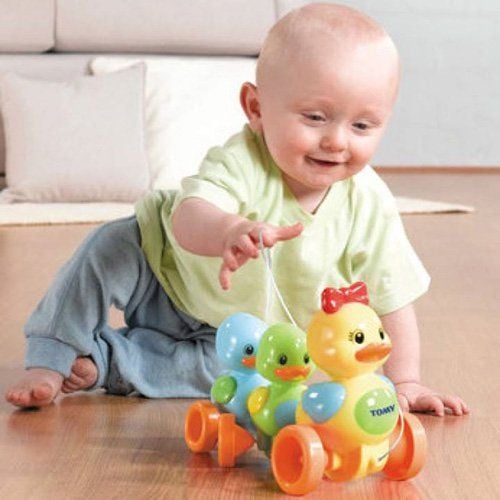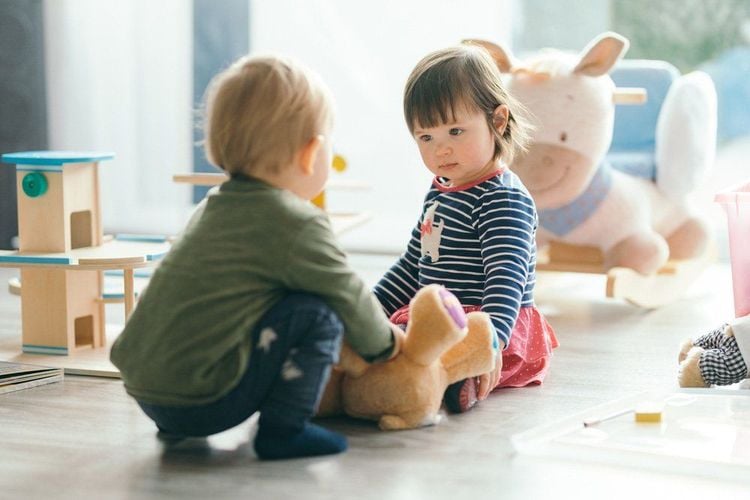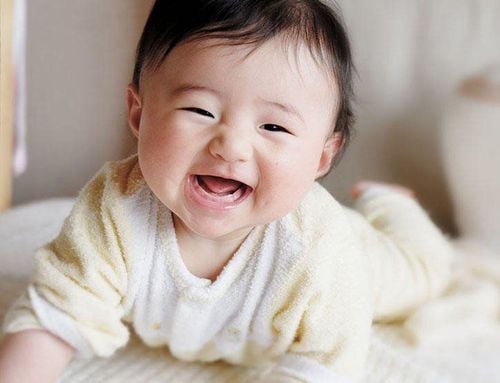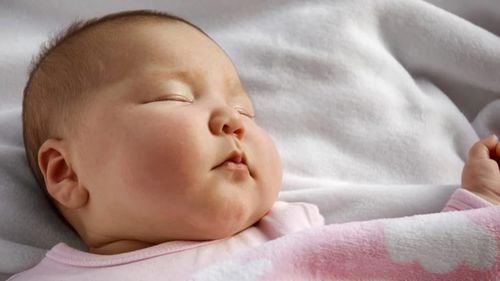This is an automatically translated article.
The article is professionally consulted by Master, Doctor Ngo Thi Oanh - Pediatrician - Pediatrics - Neonatology - Vinmec Ha Long International HospitalChildren develop at different rates, but most follow a common timeline, although premature babies may have delayed development by several weeks or months. However, if the child doesn't seem to hit the milestones within a few weeks of the average, like the child is malnourished, the child is stunted, parents should take the child to see the doctor as soon as possible to be examined. therapeutic intervention when necessary.
Physical retardation in children is one of the common abnormalities in our country. As a general rule, trust your instincts as a parent. If there's something odd or amiss about the way your baby moves, activities ask your doctor about it. After all, parents are the ones who understand their child's development process best. The following article will introduce the warning signs of physical retardation in children.
1. Signs of physical retardation in infants up to 2 months old
Signs of physical retardation in infants up to 2 months of age are as follows:After 2 months of age, the child cannot raise his head on his own when you pick him up from the supine position After 2 months of age, he still feels neck is especially stiff or tender After 2 months, babies stretch their back and neck excessively when held in their arms (as if they're trying to push you away from them) After 2 or 3 months of age, legs stiffen, start cross or in a "scissors" position when you hold them by your torso.

2. Signs of physical retardation in children from 3 to 6 months old
Signs of physical retardation in children from 3 to 6 months old are as follows:3 or 4 months old, does not grasp or reach for toys. Babies 3 or 4 months old, unable to lift and control their head on their own. 4-month-old babies cannot bring objects to their mouths. A 4-month-old does not push his foot down when his foot is on a firm surface. After 4 months, the baby still has the Moro reflex (when he falls back or is startled, he spreads his arms and legs, stretches his neck, then quickly retracts his arms and starts crying). After 5, 6 months of age, the baby still has asymmetrical neck extension reflex (when turning the head to one side, the arm on that side is straightened, the other arm is bent up as if holding a sword). A 6-month-old baby cannot sit on his own even with help. After 6 months of age, the baby can only reach out with one hand while the other is clenched without rolling over in either direction (back to front or front to back).
Trắc nghiệm: Sự phát triển tinh thần, vận động của bé thế nào là đúng chuẩn?
Khi nào bé biết nói, biết hóng chuyện hay biết cầm cốc là "đúng chuẩn"? Điểm xem bạn biết được bao nhiêu mốc phát triển tinh thần, vận động "đúng chuẩn" của bé nhé!The following content is prepared under supervision of Thạc sĩ, Bác sĩ y khoa, Ma Văn Thấm , Nhi , Phòng khám Đa khoa Quốc tế Vinmec Dương Đông(Phú Quốc)
3. Signs of physical retardation in children from 7 to 9 months old
Signs of physical retardation in children from 7 to 9 months old are as follows:7-month-old children have poor head control when in a sitting position. 7 months old, can not put objects in the mouth. At 7 months, babies don't have access to objects they like. Baby 7 months, can't bear some weight on his feet. By 9 months, the baby cannot sit independently.

4. Signs of physical retardation in children from 9 to 12 months old
Signs of physical retardation in children from 9 to 12 months old are as follows:After 10 months of age, the child crawls in an erratic position, pushing with one arm and leg while pulling the opposite arm and leg. 12 months old does not crawl. 12 months old baby cannot stand even with support.
5. Signs of physical retardation in children from 13 to 24 months old
Signs of physical retardation in children from 13 to 24 months old are as follows:
18 months old, the child cannot walk after a few months of walking, does not confidently walk or often walks on tiptoes after birth second day. Height increases less than 5 cm per year.

6. Signs of physical retardation in 36-month-old children
Signs of physical retardation in a 36-month-old child are as follows:36-month-old child falls frequently or cannot use stairs. Persistent drooling. Unable to manipulate small objects.
Trắc nghiệm: Nhận biết sớm dấu hiệu chậm phát triển thể chất và trí tuệ ở trẻ
Nếu 6 tuổi không biết đếm số, 7 tuổi vẫn chưa phân biệt được giữa thực tế và tưởng tượng thì có thể bé chậm phát triển thể chất và trí tuệ hơn so với bạn bè cùng lứa. Bạn đã nhận biết được các dấu hiệu bất thường sớm này chưa? Cùng làm nhanh bài trắc nghiệm sau để trang bị thêm kiến thức cho mình nhé!
The following content is prepared under supervision of Thạc sĩ, Bác sĩ y khoa, Ma Văn Thấm , Nhi , Phòng khám Đa khoa Quốc tế Vinmec Dương Đông(Phú Quốc)
Besides, parents also need to supplement their children with essential micro-minerals such as zinc, lysine, chromium, selenium, vitamin B1, ... to fully meet the nutritional needs of children. The addition of these essential vitamins also supports digestion, enhances nutrient absorption, improves anorexia, and helps children eat well. Parents can simultaneously apply dietary supplements and functional foods derived from nature for easy absorption. The most important thing is that improving your baby's symptoms often takes a long time. The combination of many types of functional foods at the same time or continuously changing many types in a short time can cause the baby's digestive system not to adapt and completely not good. Therefore, parents must be really patient with their children and regularly visit the website vimec.com to update useful baby care information.
Reference source: babycenter.com





![[Video] How to take care of children in summer?](/static/uploads/small_20190730_112639_927206_cham_soc_tre_mua_he_max_1800x1800_png_7a3b48f9f3.png)








